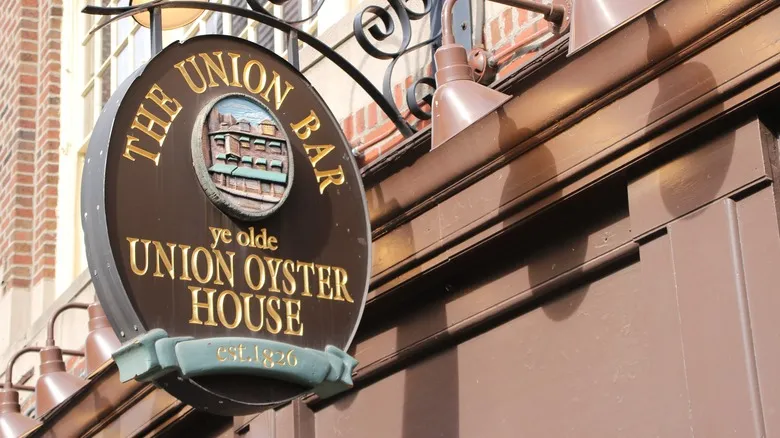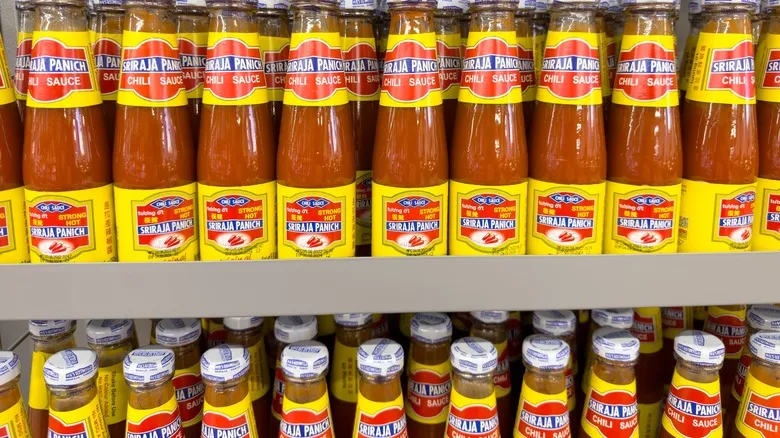How the attempted ban unfolded

Currently, you can enjoy Manhattan clam chowder in Maine without the risk of being arrested (though you might face some verbal backlash): Cleveland Sleeper's proposed law did not pass. In fact, the bill never even reached the legislative floor for a vote. Sleeper's motivation stemmed from a desire to safeguard Maine's cultural and culinary heritage, even if it meant targeting the outsider's Manhattan chowder. The suggested ban garnered significant media attention at the time, and it appears that Sleeper was genuinely serious about his proposal, rather than it being a joke or publicity stunt. (The law likely wouldn't have been successful, as its punishment for clam digging would probably be deemed inhumane.)
The issue was settled with a cook-off between two chefs at a hotel in Portland, where one prepared New England chowder and the other made Manhattan-style. Unsurprisingly, the New England version emerged victorious, especially considering that the state governor served as a judge.
There are whispers online suggesting that a similar ban on tomato-based chowder was enacted in Massachusetts, but the sources mentioning this are often vague and lack historical context, making it likely that they are confusing the two states.
Comparing the two chowders

While only the creamy version is referred to as "New England clam chowder," both types actually trace their roots back to New England. The creamy variant likely emerged from French or British settler fishermen in the 1700s, with one of the earliest recipes appearing in the Boston Evening Post in 1751. By 1836, it made its way into restaurants, with the Union Oyster House in Boston being the first to offer it. This historic restaurant, one of the oldest in the nation, continues to serve it to this day.
Manhattan chowder, on the other hand, appeared a bit later. References to tomato-based chowders can be found in various publications starting around the mid-1800s, although the term "Manhattan" didn't surface until 1934. This dish is attributed to Portuguese immigrants in Rhode Island, with its name likely stemming from their frequent trips to the Fulton Fish Market in New York. The Manhattan version is typically thinner—James Beard famously described it as vegetable soup "with some clams dumped in it"—yet there is still a notable overlap in ingredients compared to the creamy version.
Both chowders prominently feature clams, but they also commonly include bacon (which pairs well with nearly everything), along with potatoes, onions, and celery. The primary distinction lies in the base: tomatoes for Manhattan chowder and cream or milk for the New England variety. The Manhattan version may also incorporate additional vegetables like carrots or peppers and tends to highlight garlic and herbs more prominently.
Recommended

Why You've Probably Never Tasted The Original Sriracha

The Science Behind Why We Eat Chicken Noodle Soup When Sick

How Root Beer Got Its Misleading Name

How Adding Peanuts To Coca-Cola Became A Southern Thing
Next up

